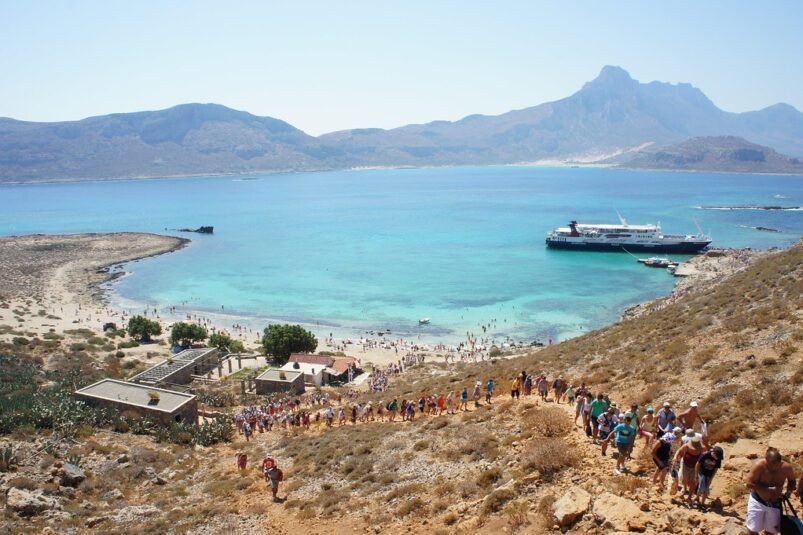The way we are managing our built environment and landscape is inflicting our well-being, both socially and physically. Actions are falling short, due to vested interests and the incapacity to envisage a brighter, cleaner and more sustainable future. Loss of biodiversity, climate change and societal challenges indicate that we should change the way we arrange our environment and our society.
In Europe, more than any other continent, many landscapes and urban areas are under some rule of protection for their natural or cultural significance. There is a lot of resistance to adapt these sites for the sake of meeting sustainability goals. But if touching European cultural history is a no-go, then how should major transitions be achieved? Could scientific research play a more active role in plotting out future scenarios, without choosing sides for nature on one hand, and (man-made) culture on the other hand?
In a series of articles titled ‘Future Making in the Anthropocene’ we, Azadeh Kermani and Teun van den Ende, delve into the future of Europe’s cities and landscapes that reflect its past and present. The aim is to unravel the conditions of the Anthropocene – the age of humans – in order to imagine better-balanced futures. This article is an introduction to a series of interviews with the young researchers of two European Horizon2020 projects, Terranova and Heriland, that move at the interface between planning, environmental sciences and heritage studies.
In this article we speak with Sjoerd Kluiving and Gert-Jan Burgers, the coordinators of these projects. They have the task of training this new generation of academics, who will influence policy making and practices in European regions and cities.
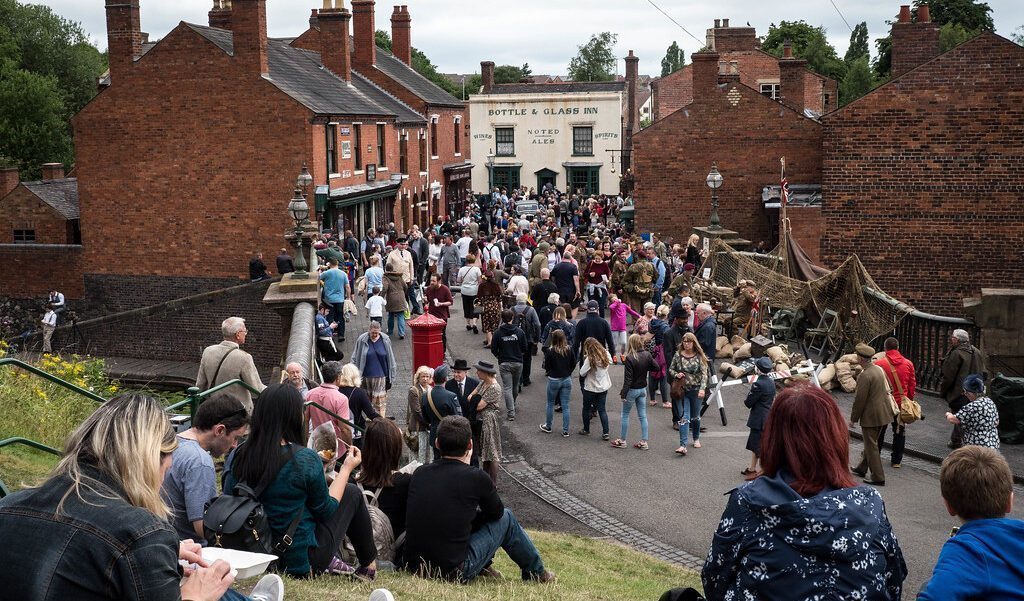
“The Corona crisis has helped to illuminate the problems we are facing – and climate change has increased the public awareness to some degree,” says Sjoerd Kluiving, supervisor of Terranova, an international training program for researchers in different European universities. Kluiving is a professor in geoarchaeology, quaternary geology, and Anthropocene studies at the Vrije Universiteit (VU) Amsterdam. He has studied historical development of European landscapes from thousands of years ago. This has led him to conclude that “landscapes are being abused.” However, due to the current lockdown, Kluiving witnesses how some ecosystems can bounce back, even in super touristic areas such as the Venice lagoon, leading him to speculate on a brighter future: “Tourism might also deal with becoming aware of one’s environment and cultural-historical features embedded in nature. That point of view might spur people to acquire more knowledge about their own environment. This also has to do with the social appreciation of air fare prices, which more and more people are starting to judge more critically than a couple of years ago.”
Gert-Jan Burgers, Professor in Heritage and History of Cultural Landscapes and Urban Environments, also works at the VU Amsterdam. He supervises a training programme, named Heriland, a pan-European research and training network comparable to Terranova. Both Burgers and Kluiving agree that isolated scientific research is no longer the way to train academics, since the need to take action is becoming greater by the day. Burgers: “Under the influence of climate change, for instance through soil degradation and erosion of buildings, but also climate adaptation measures that change landscapes, traditional landscapes such as Dutch ‘uiterwaarden’ (floodplains, red.) will start to disappear.” He understands this worries people who feel attached to their surroundings. But in some places action must be taken – therefore Heriland-researchers are investigating different attitudes towards heritage: “Heritage is continuously in the making, depending on socio-economic aims and goals. If you view heritage in a very broad perspective, even ways of thinking in the past could be considered heritage. If you change the views, then a phenomenon such as Plastic Soup could become heritage – as an undesired result of modernist thinking. By acknowledging that, we can start rethinking the way we deal with plastics.”
Both scientists acknowledge the underlying concept of the Anthropocene when studying European cities and landscapes, where almost no place has remained untouched. Kluiving: “I am fascinated by the concept of the Anthropocene – the epoch which we are currently living in, but it is not yet widely known.” Nonetheless, the Anthropocene has in recent years found its way into popular debate, with studies pointing out that cities and landscapes should become greener and more adaptive. In Terranova, an atlas is being prepared to inform decision-makers about the possible effects of their landscape management choices, on a European level. Kluiving: “Most of the professionals in our field are not aware of the potential of studying the deep histories of landscapes as a driving force in shaping the future. This means the outreach of our academic work is very important in order to make explicit how historic evolution has impacted current society.”
In order to substantiate this point, Terranova-researchers are studying the impact of human intervention on European landscapes according the changes in ‘energy regimes’: from the extended period of hunter-gatherers, to the agricultural revolution, to the industrial revolution in the 19th century in which animals and fossil fuels became the main sources of energy. Kluiving: “We are studying how the European landscape evolved from the start of agriculture 10.000 years ago up to now. Ecosystems that existed for a long time have been changed into ‘Anthro-systems’ in which nature is managed by humans. The extinction rates of animals have risen much more rapidly, especially after the Second World War. In order to change that, nature requires more space, which means the amount of space allocated to agriculture and breeding animals for consumption should be adapted, creating space for rewilding and other nature-based solutions.”
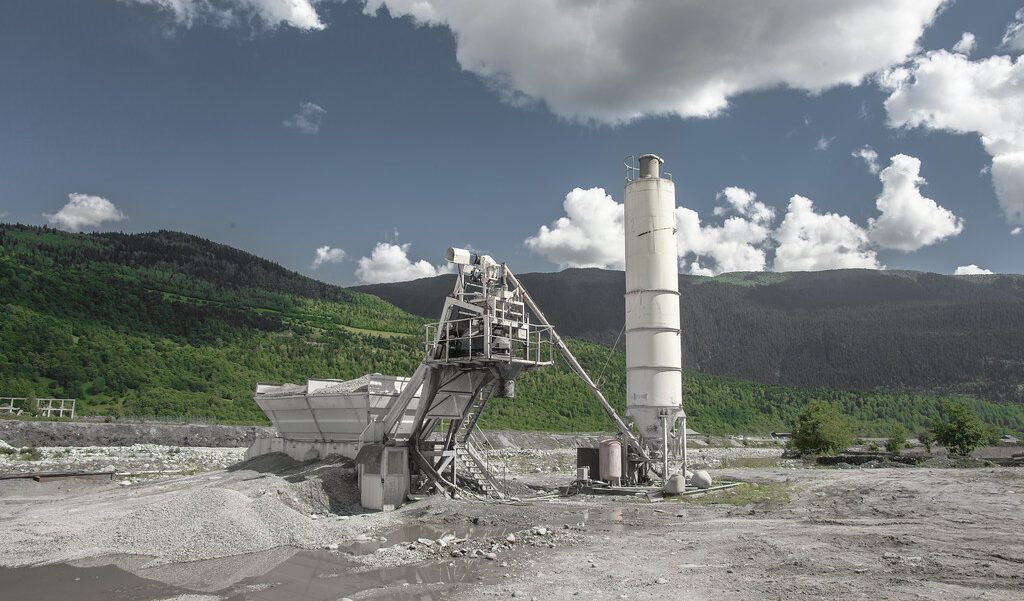
How does this debate relate to the (re-)design of and decision-making concerning future landscapes and cities?
Burgers: “Spatial planners and architects are trained to come up with solutions, but from a heritage management perspective it is not uniformly accepted to propose solutions; rather, conservation is commonly seen as its major aim. However, the sub-discipline of Critical Heritage Studies makes use of critical analysis and the deconstruction of present-day practice. We consider Heriland to be part of that trend. But deconstructing only isn’t enough, we consider it our responsibility to look for and find solutions. The research in Heriland is therefore not only about problematizing and understanding problems but more importantly about finding and testing solutions for those problems.”
Heriland, Burgers and his international team selected several PhD-candidates with a background ranging from history and archaeology, to architecture and planning, each with a keen interest in the role of heritage. Burgers explains how heritage serves as an active proponent in the (re-)design of the environment: “Heritage is regularly (mis)used for nation-building and creating national identities, a conviction which is still at the basis of heritage making. In Heriland we break away from that by fostering critical self-awareness, debate and self-criticism. Heritage is being made and redefined on a daily basis, with the purpose of establishing a dialogue that includes people’s attitudes and behaviour. Communities should also have a voice in the definition, management and planning of heritage, empowering them to co-design their future together with experts and policy makers.”
All Heriland- and Terranova-researchers originate from a different country than the university where they are employed. This criterion is imposed by the EU, to enhance intercultural exchange and dialogue between Europeans. Kluiving is very much in favour of this criteria, “because it exposes you to new ideas and encourages collaboration between different backgrounds and roots.” Burgers even calls it a ‘golden rule’ in the sense that researchers are forced to break with their familiar convictions and surroundings: “Heritage is usually looked upon as a process of identity creation, but for me it is about disassociation, cutting loose from your own background and learning about others. It definitely also has its backdrop: it’s hard to start off living in a different country and culture. In the current Covid-19 situation it makes it even more difficult to make local connections.” Nonetheless, Kluiving thinks that young generations are innovative and determined enough to find solutions for these language and cultural barriers.
Both professors are convinced that after completing their PhD-training the careers of their researchers – 30 in total – will further develop within and outside the academic world. Kluiving: “The training in Terranova therefore also involves communication training, storytelling, business plan writing and grant proposal writing. This broad skill set is necessary to be able take on the transformation of European landscapes and play a role in the development of the European Green Deal.” The aim to have an impact on decision-making processes is acknowledged by Burgers: “As an archaeologist I had to overcome a barrier to start dealing and designing with issues in society. Architects have been trained to reconstruct and redefine, but there is still a need for a more conscious and dialectic way of planning and designing. There aren’t many professionals that realize the potential of this approach and young scholars have an enormous role to play.”
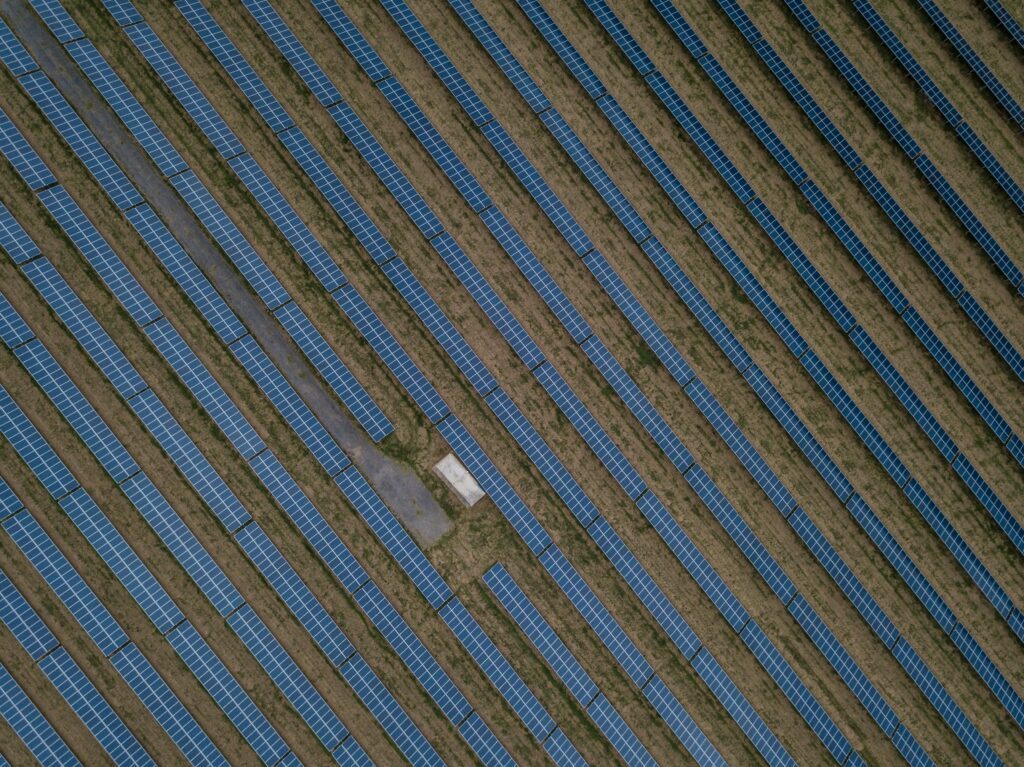
What is there for the general public to take away from academic research?
Kluiving hopes that Terranova will demonstrate to the general public that they have a choice in how landscapes will develop in the future, that range from large-scale rewilding to smaller but also sustainable strategies such as planting flowerbeds in farmland borders: “The Terranova-atlas is a great tool with different layers that we will present in Brussels to international stakeholders and to the European Union. It not only incorporates the past and the present but also future climate-and landscape-scenarios. The first version of the atlas will probably be succeeded by a user-friendly version that can be accessed and used by the general public.”
In Burgers’ view, a dialogue with the general public is essential to working on heritage: “It’s my firm belief that we can train in the non-academic world. It is an important social mission. On a personal level, I’m involved in teaching people how to become a tourist guide in Southern Italy, requiring only a very basic level of education. It trains people to become familiar with cultural heritage. I also deal with multicultural approaches in the context of the deeply Catholic Southern Italian region, which is quite a challenge.”
Due to their commitment to establish a dialogue both in and outside academic circles, Kluiving and Burgers support the series of articles that dives into urgent themes related to Future Making in the Anthropocene. Through this series, professionals that deal with the (re)design of cities and landscapes will be able to learn from research in Terranova and Heriland, and debate possible future scenarios. This exercise in Future Making in European landscape and urban regions is based on both natural and cultural values, that also create dilemma’s and contrasting views. Four main urgencies serve as theoretical guidelines to establish this connection. Every urgency can be interpreted as a critical parameter in achieving more a balanced ecosystem and society:
- Landscapes in danger
Over the last centuries, intensified human activities and climate change have resulted in loss of biodiversity and degradation of ecosystems, resulting in a decline in diversity of European landscapes. The media acts as an important player in communication on climate change: with more than 200,000 scientific studies containing the word ‘climate’ published every year, there has never been as much information on the topic as there is today. This abundance of information has also shown to create disinformation. Sometimes fake news is easy to decipher, but with climate change being so complicated it’s hard to cut through the barrage of misinformation. In the series of articles, we will therefore challenge researchers to bring forward their information in clear and visually appealing ways to inform both practitioners and the general public.
- Cultural diversity
Demographic change and the increase in ethnic diversity of the population through mass-migration are among the most prominent changes happening around the world, and in particular in Europe. This has a great potential impact on the meaning of heritage and landscapes. Tensions occur between preservation policies that tend to be routed in indigenous traditions and artefacts, and the increasingly diverse population which may have a different perspective and attachment to that heritage. The constant reassessment of these values is fundamental for society to progress and redefine its identities in their built environment and landscape.
- Mass tourism
Low-cost travel, p2p accommodation, commodified tourist products and easily available digital information has encouraged the global middle class to travel. Ideally, tourism creates interaction with locals, exchange of knowledge and culture, while financially contributing to community development. However, environmental destruction, pollution, excessive crowds, loss of culture, gentrification and other problems are also caused by the industry. It is crucial to take these gains and losses into account and discuss the possible balances and sustainable future for the tourism industry, including nature-based solutions for future landscapes.
- Digitalisation and heritage
Long before the Covid-19 pandemic, digital methods have become a really important aspect in presenting scientific findings and informing the public. Through the rapid familiarity with online communication tools, it is becoming increasingly popular to produce and display digital reconstructions and presentations, for instance in museums. Digital tools also allow professionals and practitioners to work, think, and solve problems in ways that weren’t available before. However, digitalisation also has seen a shift of power from governments to ‘Big tech’, that might exploit public material for their commercial benefits. That shows the urgency of discussing this subject and elaborate its potential for academics, practitioners and general public.
Source: Future Making in the Anthropocene
Future Making in the Anthropocene positions itself in the mental space between heritage and spatial design and deep histories and future landscapes. The project aims to unravel histories and heritage perspectives that contribute to the conditions of the Anthropocene – the age of humans – in order to create better-balanced future scenarios for European cities and landscapes. This article serves as an introduction to a series of articles that will involve interviews with the 30 young researchers in Terranova and Heriland.
The series of articles will be published by the European Heritage Tribune free of charge, made possible by the generous support of the Creative Industries Fund NL.
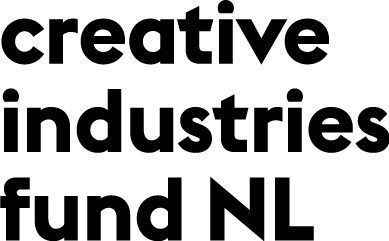
Interested in learning more about Terranova and Heriland? Then attend the (free and online) ‘Future Landscapes Symposium’ on February 24: https://heritagetribune.eu/eventson/symposium-future-landscapes/

